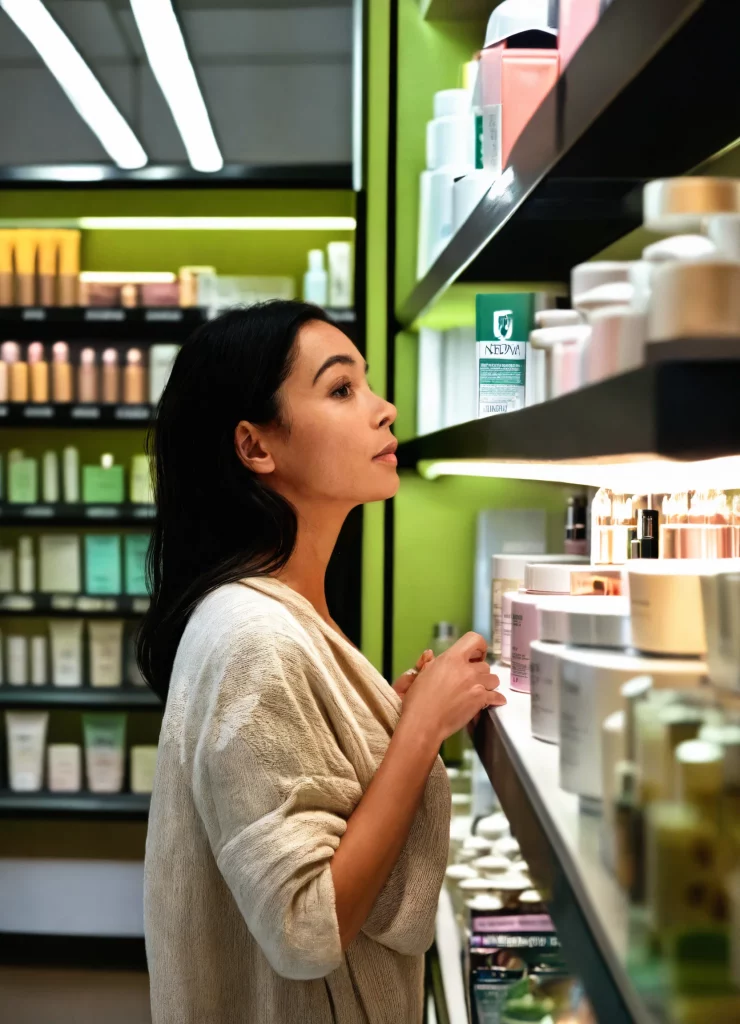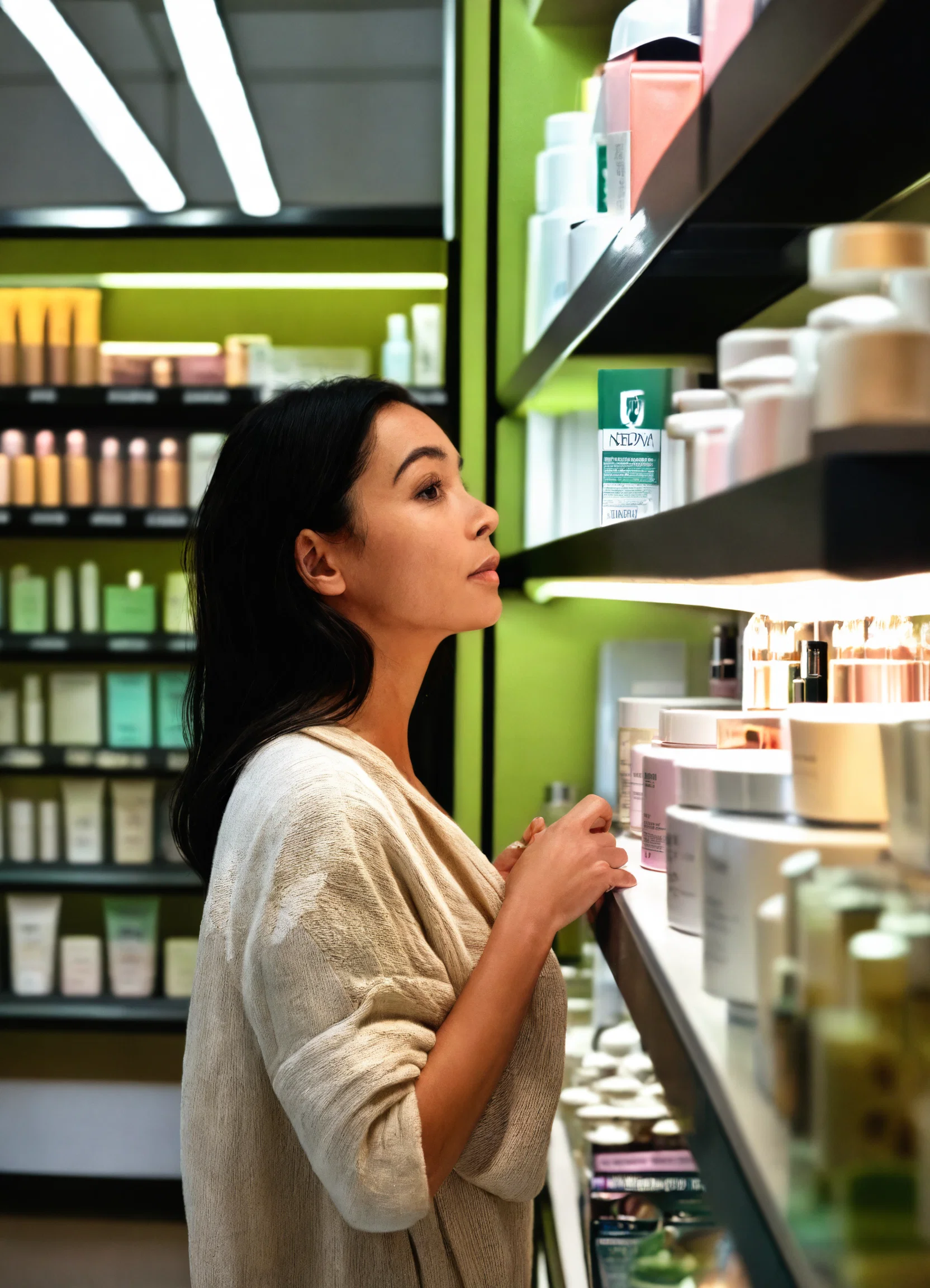Retinol is one of the most challenging components of home skincare routines.
Retinol, a form of vitamin A, is suitable for home use and can be introduced by the user independently. However, during the adjustment period, it can trigger retinoid dermatitis.

Why Does This Happen?
- You Introduced It Too Quickly and Use It Too Frequently
- Increase the intervals between uses. Start slow and build up gradually.
- You Apply It on Damp Skin
- This significantly increases the likelihood of redness and irritation. Make sure your skin is dry, with no water left after washing. Wait about 10 minutes after drying your face before applying retinol.
- Timing Before Bed
- If you can’t apply retinol at least an hour to an hour and a half before bed, skip it for that day. The product takes time to absorb, and lying down too soon can cause it to spread to sensitive areas like the eyelids, leading to peeling and irritation.
- Touching Your Face
- Avoid rubbing your face after applying retinol. Don’t touch your face, scratch your eyes, or rest your hand on your chin. If applied to the neck, keep clothing away until the product is absorbed.
- Combining with Other Irritating Products or Incorrect Combinations
- Do not combine retinol with glycolic acid on your own, and be careful with salicylic acid if your retinol concentration is above 0.4%. Avoid using benzoyl peroxide with retinol unless prescribed by a dermatologist. Combining these without proper guidance can lead to dermatitis. Additionally, there’s no need for multiple exfoliating products – retinol alone is effective for rejuvenation.
- Starting with a High Percentage
- Begin with low concentrations of retinol (0.25-0.3%) and gradually move to higher percentages.
- Using More Bioactive Forms of Vitamin A
- Retinol is the limit for home use. More potent forms should be prescribed by a doctor. For those with thin, reactive, dry skin, even retinol might be too aggressive. In such cases, gentler forms like hydroxypinacolone retinoate or retinyl palmitate may be more suitable.
Adjustment Period
When starting retinol, your skin may peel in patches during the first month. This could be due to individual differences – your skin might respond well to retinol but peel because it renews slowly, and retinol effectively stimulates it. It’s essential to understand that retinol requires a period of adjustment.


Leave a Reply